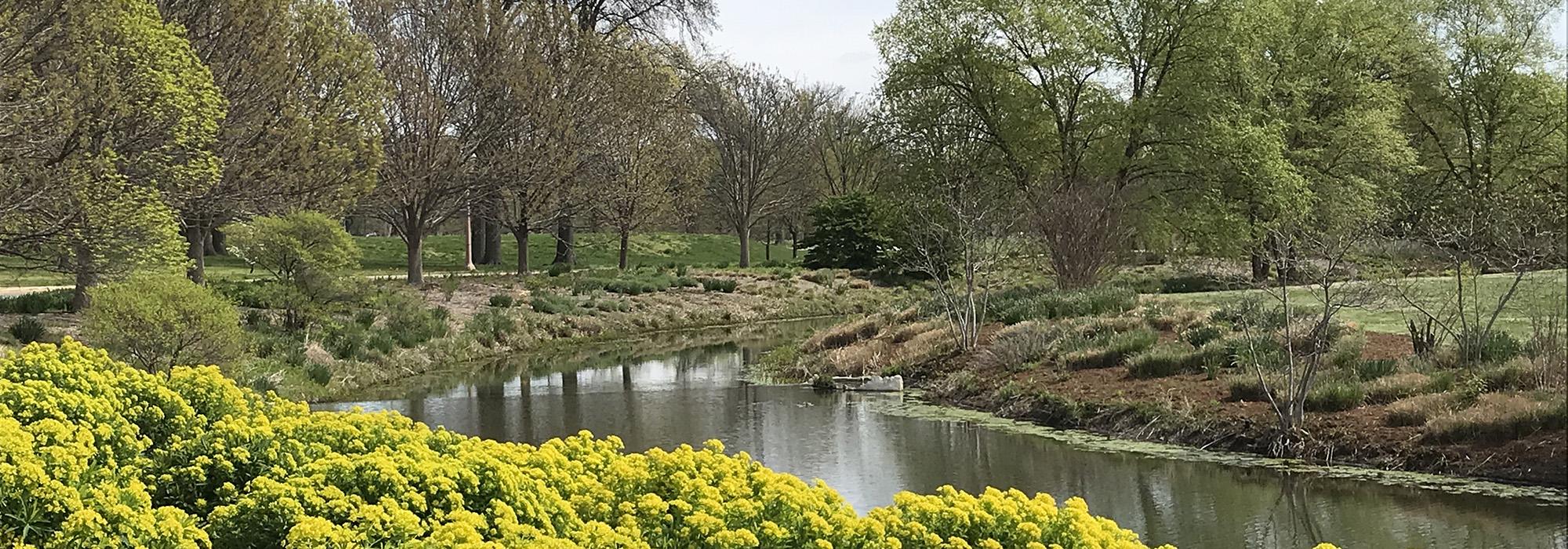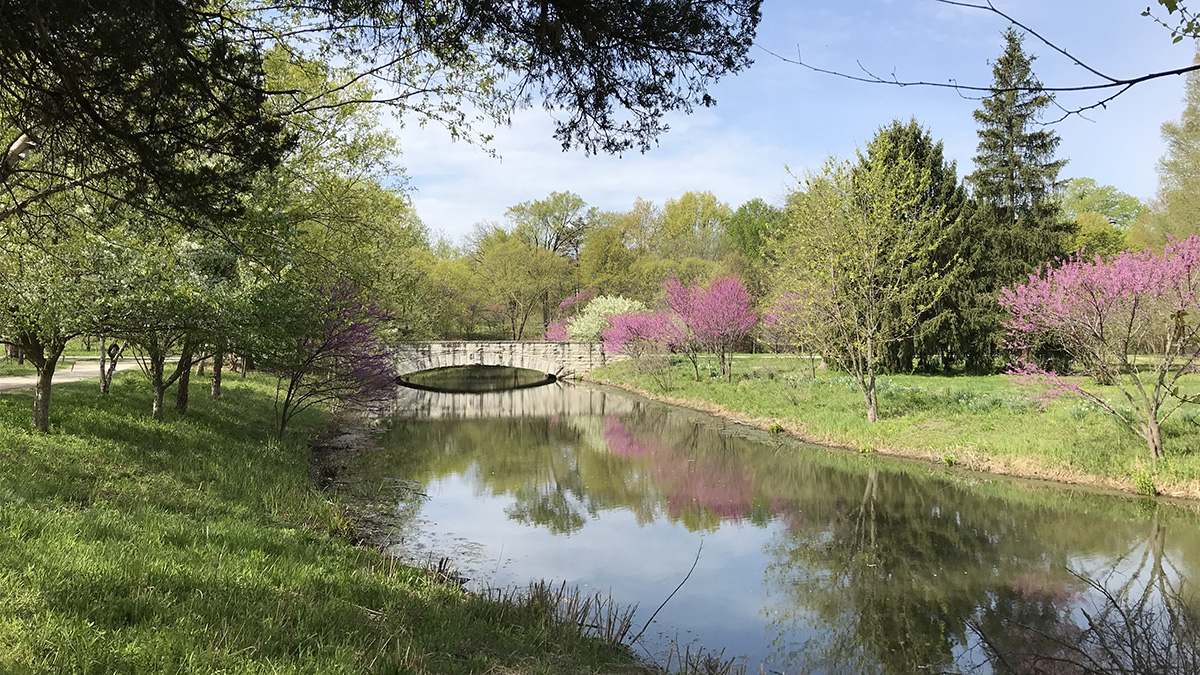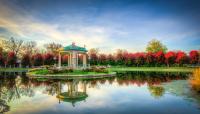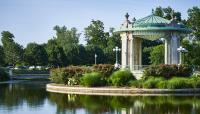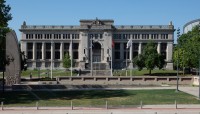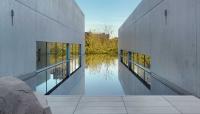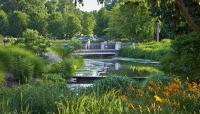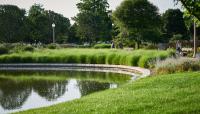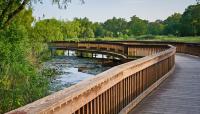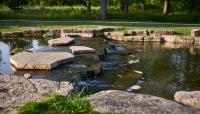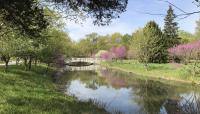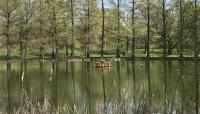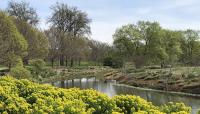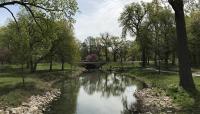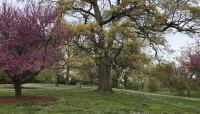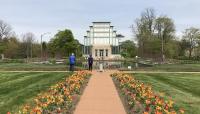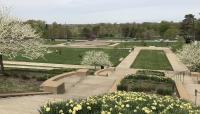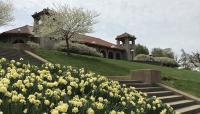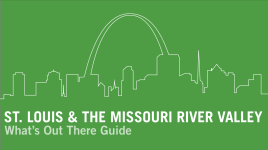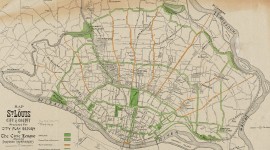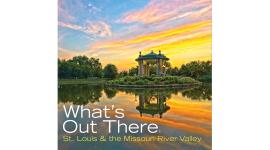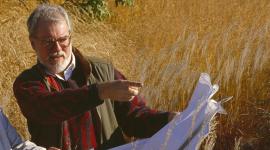Landscape Information
Established in 1876, this 1,293-acre park is one of the country’s largest urban parks. Originally surrounded by farmland and a 40-minute carriage ride from downtown, today it is in the heart of the city. The initial plan was by park superintendent Maximilian Kern in conjunction with engineer Julius Pitzman. It became the site of the Louisiana Purchase Exposition (the 1904 World’s Fair) with myriad exhibition palaces including the Palace of Fine Arts by Cass Gilbert (today the St. Louis Art Museum). After the fair, the space reverted to parkland under the guidance of landscape architect George Kessler. In 1986, after years of deferred maintenance, Forest Park Forever (FPF) was founded to manage the park in partnership with the St. Louis Department of Parks, Recreation and Forestry. That same year, “Forest Park,” a 304-page history of the park, was published by FPF with the Junior League of St. Louis. In the next decade, donations funded: repairs to the Victorian Bridge, bandstand, and statuary; renewal of park furnishings; and the planting of hundreds of trees. Landscape architects Bruce Kelly and David Varnell created a master plan in 1989, informing park circulation and use. Miles of walking and biking trails now circulate through the park providing connectivity to cultural institutions including the St. Louis Zoo, Science Center, and Muny Opera.
An updated master plan implemented in 2004 addressed both ecological and historic resources, without sacrificing open space. Involvement from architects and landscape architects HOK, SWT Design, H3 Studio, and Oehme, van Sweden & Associates daylighted the once-buried River des Peres waterway and rehabilitated areas of the park including Pagoda Circle. Further park conservation efforts included the stewardship of a 194-acre nature reserve spanning the length of the park, which contains old growth forests, savannas, wetlands, and restored woodlands, prairies, and waterways. The Jewel Box, a Works Progress Administration-era Art Deco conservatory, was listed in the National Register of Historic Places in 2000 and renovated in 2002.



